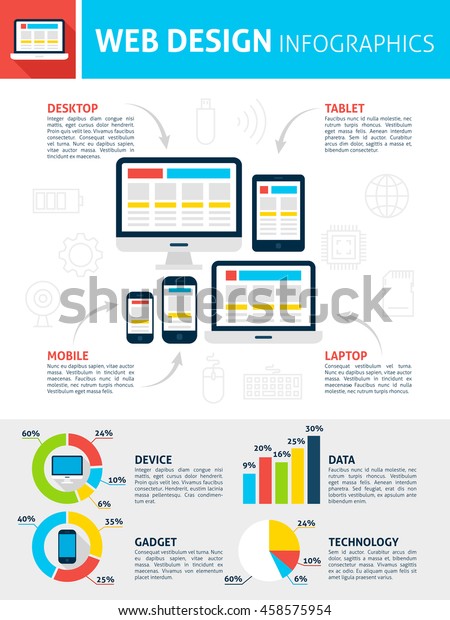The Transformation Of Online Platforms: A Journey With Time
The Transformation Of Online Platforms: A Journey With Time
Blog Article
Composed By-Johansen Dodson
In the past, internet sites were easy and focused on details. Navigating was straight, and design was for desktops. Currently, individual experience is vital. Data overviews styles for easy navigating. Responsive layouts suit different devices. Today, dark mode minimizes pressure, and minimalist menus improve navigating. Interactive attributes involve individuals, and strong visuals stand apart. AI integration enhances involvement. See exactly how design has developed to improve your on the internet journey.
Early Days of Website Design
In the early days of web design, simpleness reigned supreme. Internet sites were basic, with restricted shades, font styles, and layouts. The emphasis was on giving details instead of flashy visuals. Users accessed the net with slow-moving dial-up connections, so speed and performance were key.
Navigating menus were straightforward, usually located on top or side of the page. Sites were made for home computer, as mobile browsing wasn't yet common. Web content was king, and designers prioritized easy readability over complicated style components.
HTML was the key coding language used, and developers needed to work within its restraints. Animations and interactive functions were minimal compared to today's requirements. Websites were fixed, with little vibrant content or tailored customer experiences.
Rise of User-Focused Design
With the development of site layout, a shift in the direction of user-focused layout concepts has actually ended up being progressively noticeable. Today, creating sites that prioritize customer experience is essential for engaging site visitors and achieving organization objectives. User-focused style involves comprehending the needs, choices, and behaviors of your target market to tailor the internet site's layout, material, and features accordingly.
Designers now carry out complete study, such as customer surveys and functionality screening, to collect understandings and feedback straight from customers. This data-driven strategy aids in creating instinctive navigation, clear calls-to-action, and aesthetically enticing interfaces that reverberate with site visitors. By putting https://martinlgeys.blazingblog.com/29982292/unlock-the-keys-of-social-media-site-advertising-techniques-for-success at the facility of the layout process, websites can provide a much more customized and delightful experience.
Receptive style has likewise become a key element of user-focused style, guaranteeing that internet sites are enhanced for various tools and screen sizes. This versatility boosts access and use, satisfying the varied means users communicate with websites today. Fundamentally, the rise of user-focused style symbolizes a change in the direction of developing digital experiences that prioritize the requirements and assumptions of completion customer.
Modern Trends in Website Design
Explore the latest trends shaping website design today. One popular pattern is dark setting design, using a smooth and modern-day appearance while lowering eye stress in low-light environments. search and optimization is minimal navigation, streamlining food selections and boosting user experience by concentrating on essential elements. Incorporating micro-interactions, such as computer animated buttons or scrolling results, can produce a much more interesting and interactive web site. Receptive layout continues to be essential, making sure smooth customer experiences throughout different tools. Furthermore, making use of bold typography and unbalanced layouts can include aesthetic interest and draw attention to particular web content.
Incorporating AI innovation, like chatbots for consumer assistance or customized recommendations, improves user interaction and simplifies processes. Access has additionally end up being a significant pattern, with developers prioritizing inclusive style methods to satisfy diverse individual needs. Welcoming sustainability by enhancing web site efficiency for rate and effectiveness is another emerging fad in web design. Working together with customer feedback and data analytics to repeat and improve design continuously is vital for remaining pertinent in the ever-evolving electronic landscape. By accepting these modern-day fads, you can develop an aesthetically enticing, easy to use web site that reverberates with your target market.
Conclusion
As you reflect on the advancement of site style from the very early days to currently, you can see how user-focused design has become the driving force behind modern trends.
Accept the journey of adjustment and adjustment in web design, always maintaining the customer experience at the center.
Remain present with the current patterns and innovations, and never ever quit progressing your technique to produce visually sensational and easy to use internet sites.
Progress, adapt, and produce - the future of web design remains in your hands.
